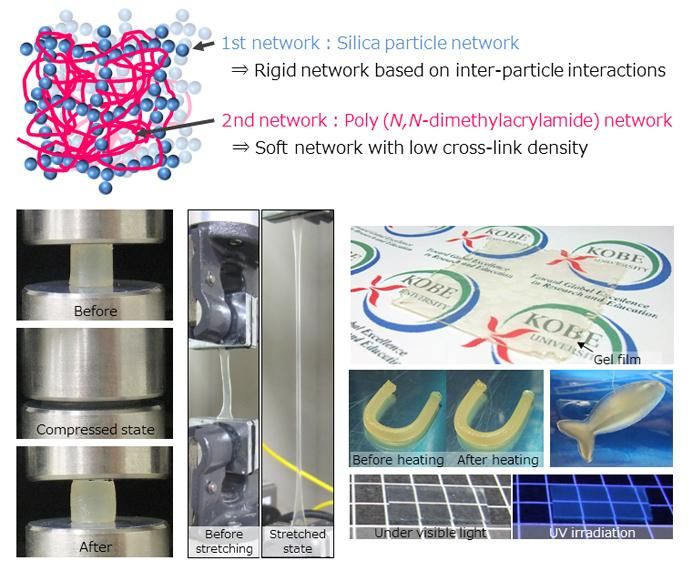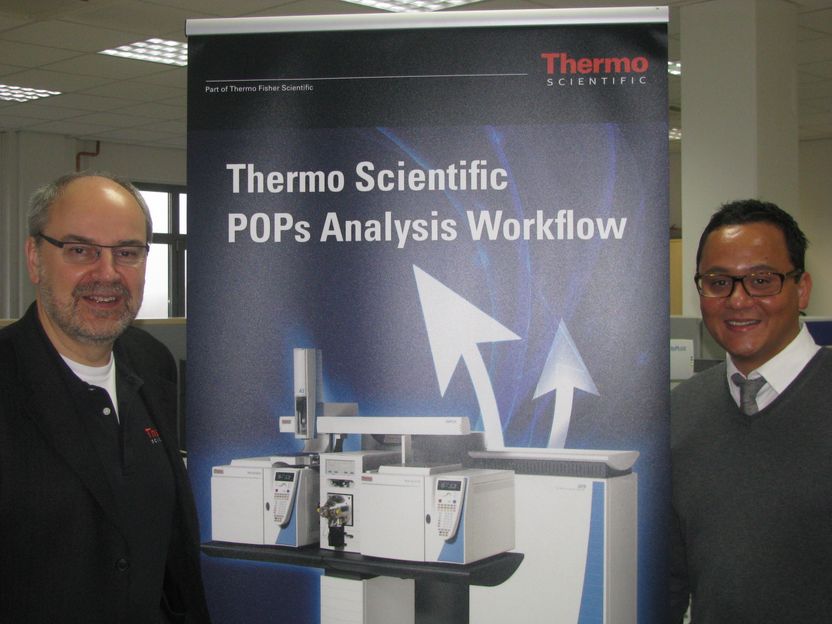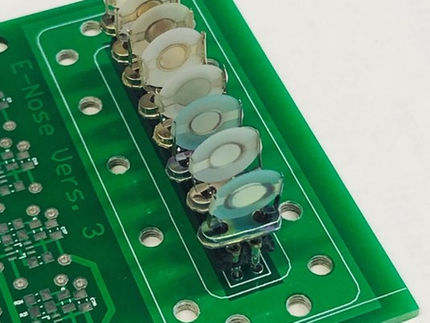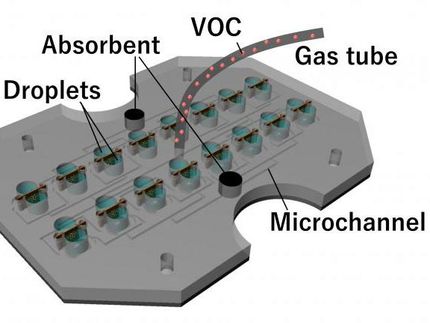Electronic noses sniff out volatile organic compounds
Improving the fluid flow inside noselike chambers can enhance detection of harmful chemicals
volatile organic compounds are chemicals emitted as gases that can have adverse health effects. They are often found in paints, pharmaceuticals, and refrigerants, among other common products, but they can also act as markers of explosives, insect infestation, food spoilage, and disease.

Symbolic image
Computer-generated image
Tracing VOCs is important for public safety and all “smell” related issues. To this end, in Applied Physics Reviews, from AIP Publishing, Liu et al. introduced a fluid mechanics-based chamber design for an electronic nose (e-nose) that consistently detects VOCs at low concentrations. The strategy, which includes using a shuntlike device to control the behavior of fluid flow, is a step forward in e-nose technology development.
Methods for detecting VOCs face many challenges in terms of selectivity, sensitivity, reproducibility, and stability. E-noses, inspired by the olfactory system, can overcome some of these barriers by combining arrays of chemical sensors with pattern recognition techniques to recognize odors.
However, many e-noses generate different signals toward VOCs of the same concentration when the sensor is located in different parts of the “nose” chamber.
“To counteract this problem, the fluidic behavior of the gas flow needs to be well controlled,” said author Weiwei Wu. “This ensures a uniform fluidic field and concentration of VOCs in the chamber and avoids generating any fake sensing characteristics.”
The starting e-nose design featured a vertical chamber that looks much like a showerhead. This promotes vertical flow as gas spreads through holes at the bottom of the device and around to evenly distributed sensors.
Using fluid mechanics simulations, the team optimized the volume, symmetry, hole location, and sensor location of their e-nose chamber. They added a shuntlike device to promote fluid flow and shorten response time.
Based on their simulation results, the researchers fabricated a Teflon chamber and measured the sensing performance of their e-nose. They compared two chambers, one with the shunt and one without. The chamber with the shunt device consistently performed around 1.3 times better at sensing an example VOC.
In the future, the authors plan to focus on minimizing the chamber and improving the structure further to decrease response and recovery time.
“E-nose research is a highly interdisciplinary field,” said Wu. “Chemists, physicists, biologists, electronics engineers, and data scientists need to work together to solve issues including effective sensing that considers the fundamental mechanisms of absorption/desorption, algorithms that achieve precise recognition of VOCs more quickly and with lower energy consumption, and how new technologies, such as memristors, should be involved.”
Original publication
Original publication
Topics
Organizations
Other news from the department science

Get the chemical industry in your inbox
By submitting this form you agree that LUMITOS AG will send you the newsletter(s) selected above by email. Your data will not be passed on to third parties. Your data will be stored and processed in accordance with our data protection regulations. LUMITOS may contact you by email for the purpose of advertising or market and opinion surveys. You can revoke your consent at any time without giving reasons to LUMITOS AG, Ernst-Augustin-Str. 2, 12489 Berlin, Germany or by e-mail at revoke@lumitos.com with effect for the future. In addition, each email contains a link to unsubscribe from the corresponding newsletter.
Most read news
More news from our other portals
Last viewed contents

Alfa Aesar Johnson Matthey plc - Heysham, United Kingdom

On the way to gold medals with LANXESS - Red and black pigments enhance the park grounds

Making gas leaks in the chemical industry visible from kilometres away - Grandperspective secures seed financing

Researchers harvest electricity from wood soaking in water - "The great advantage of this technology is that the wood can readily be used for other purposes once it’s depleted as an energy source"
Hints from hemoglobin lead to better carbon monoxide storage

A gel that does not break or dry out
Scaring off Mosquitoes - Total synthesis of gaur acid reveals the spatial structure of this proposed yellow-fever mosquito repellant
Tecan appoints Martin Brusdeilins as Chief Scientific Officer and Member of the Group Management Board
New Informational CD-ROM from SPECTRO: X-Ray- Fluorescence Technologies and Applications in Petrochemistry

Thermo Fisher Scientific Opens POPs Center of Excellence for Food Safety and Environmental Analysis





























































